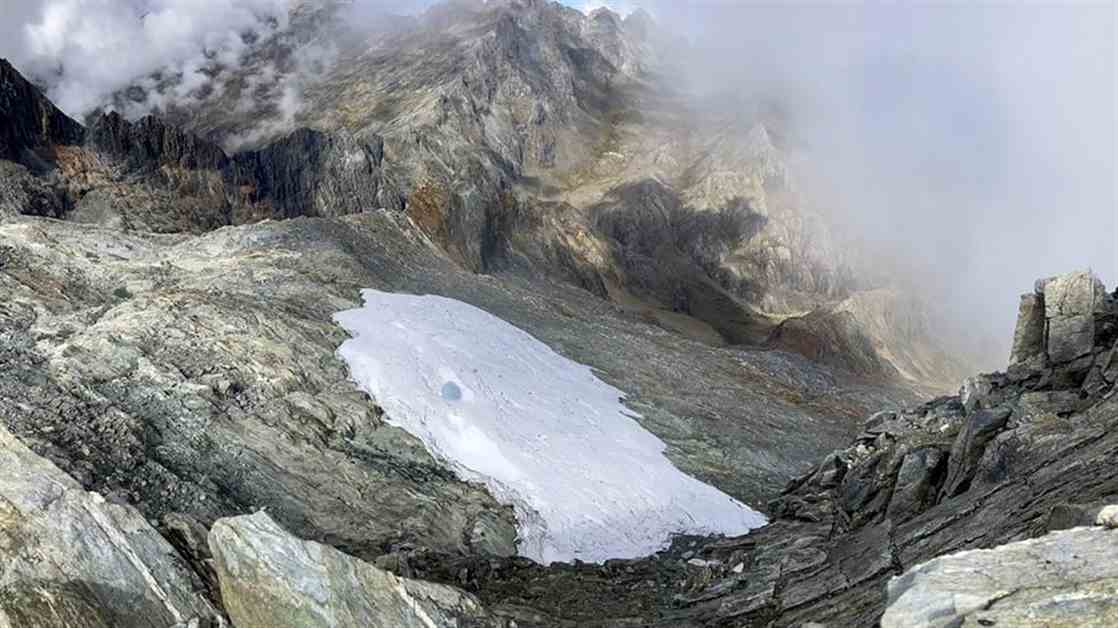Venezuela Loses Its Last Glacier Due to Climate Change
It’s official, there are no more glaciers left in Venezuela. The last one has dwindled down to a mere patch of snow and ice, all due to the effects of climate change. The Humboldt Glacier, also known as the “Corona Glacier”, located at an altitude of 4,940 meters, has now been reduced to a small white sheet covering only 20,000 square meters. This is far below the 100,000 square meters required for it to be classified as a glacier. The disappearance of the glacier was officially confirmed last month, making Venezuela the first country in modern history to lose its eternal ice.
Experts predict that at the current rate, 90% of tropical glaciers will disappear by 2100. If the Paris Agreement on reducing greenhouse gas emissions is adhered to, this rate could be reduced to 60%. The rapid and irreversible phenomenon of glacier loss is not allowing scientists enough time to study them thoroughly.
Tropical glaciers are crucial indicators of climate change and are found predominantly in the northern Andes, Indonesia, and Africa. Their melting will have environmental and social consequences, impacting biodiversity, ecosystems, cultural heritage, and tourism revenue. In countries like Peru and Colombia, glaciers are vital sources of water for drinking, electricity generation, and agriculture. The loss of these glaciers could lead to social tensions, as seen in Bolivia where a significant portion of La Paz’s water supply comes from glaciers.
The extinction of glaciers not only signifies a loss of natural beauty but also a loss of vital resources that sustain life in various regions. The case of Venezuela losing its last glacier serves as a stark warning of the urgent need for global action to combat climate change.




